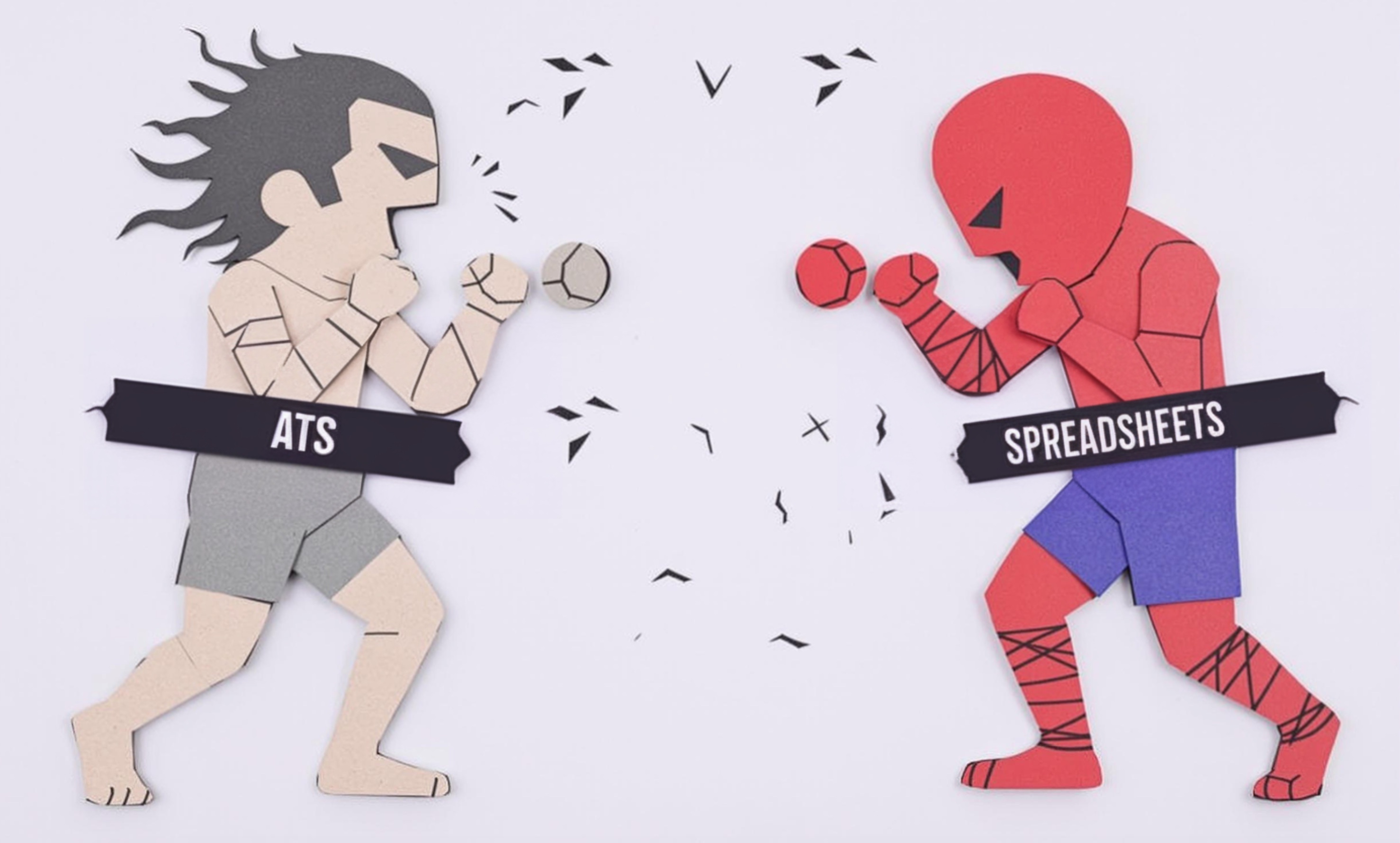
Scrap
Scrap refers to materials, parts, or products that don't meet quality standards and must be rejected during the manufacturing process. Managing and reducing scrap is a crucial part of quality control and cost management in manufacturing. When someone mentions "scrap" in their resume, they're typically talking about their experience in quality inspection, waste reduction, or process improvement. This could include identifying defective items, tracking rejection rates, or implementing systems to minimize waste. Similar terms include "waste," "rejects," or "non-conforming materials."
Examples in Resumes
Reduced scrap rates by 25% through implementing new quality control procedures
Managed scrap reporting and analysis for automotive parts production line
Led team initiatives that decreased scrap and rework costs by $100,000 annually
Developed tracking system for scrap materials to improve inventory accuracy
Typical job title: "Quality Control Specialists"
Also try searching for:
Where to Find Quality Control Specialists
Professional Organizations
Online Communities
Job Resources
Example Interview Questions
Senior Level Questions
Q: How would you develop and implement a scrap reduction program?
Expected Answer: A strong answer should include creating baseline measurements, analyzing root causes, implementing corrective actions, training staff, and establishing monitoring systems to track improvements.
Q: How do you calculate the true cost of scrap in a manufacturing process?
Expected Answer: Should discuss including material costs, labor time, machine time, overhead costs, and impact on production scheduling. Should also mention tracking both direct and indirect costs of quality issues.
Mid Level Questions
Q: What methods do you use to track and report scrap rates?
Expected Answer: Should mention data collection systems, daily/weekly reporting methods, trend analysis, and how to present information to both management and production teams.
Q: How do you investigate the root cause of increased scrap rates?
Expected Answer: Should discuss systematic approach using tools like 5-Why analysis, fishbone diagrams, or similar problem-solving methods to identify and address underlying causes.
Junior Level Questions
Q: What is the difference between scrap and rework?
Expected Answer: Should explain that scrap is material that must be discarded while rework involves fixing defective items to meet specifications.
Q: What information do you need to record when logging scrap?
Expected Answer: Should mention basic tracking requirements like date, quantity, type of defect, product information, and operator/shift information.
Experience Level Indicators
Junior (0-2 years)
- Basic quality inspection techniques
- Recording and reporting scrap data
- Understanding of basic measurement tools
- Following quality procedures
Mid (2-5 years)
- Analysis of scrap data and trends
- Implementation of corrective actions
- Training operators on quality standards
- Process improvement projects
Senior (5+ years)
- Developing quality control programs
- Cost analysis and reduction strategies
- Team leadership and program management
- Advanced problem-solving techniques
Red Flags to Watch For
- No experience with quality measurement tools
- Lack of understanding of basic quality control concepts
- No experience with data collection or reporting
- Unable to explain problem-solving methods
- No knowledge of industry quality standards
Need more hiring wisdom? Check these out...

Cutting HR Costs Without Sacrificing Quality: A How-To for Savvy Executives

Workforce Solutions Aggregators: The Next Big Thing You Didn't Know You Needed

Why Your Hiring Spreadsheets Are Secretly Sabotaging Your Recruitment

